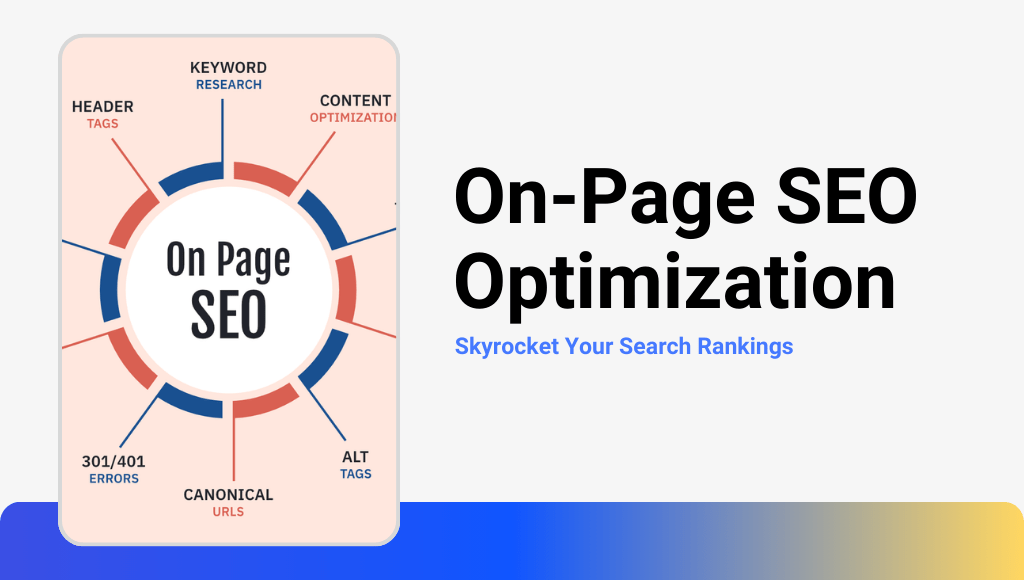You’ve optimized your website, created great content, and built some backlinks—but you’re still not outranking your competitors. The missing piece? Keyword gap analysis. It’s one of the most powerful (and underused) strategies in SEO to identify untapped opportunities and steal traffic from your rivals.
What is Keyword Gap Analysis?
Keyword gap analysis compares your website’s keyword rankings against competitors to discover:
- Keywords they rank for but you don’t
- Keywords you both rank for, but they rank higher
- Search terms where you’re winning, so you can double down
Why It Matters
- Uncover Hidden Opportunities: Find relevant keywords you’ve missed completely.
- Stay Competitive: Know exactly where competitors are outperforming you.
- Prioritize Content Creation: Focus on high-impact keywords you can realistically rank for.
- Drive Targeted Traffic: Fill content gaps with terms your ideal audience is already searching for.
How to Perform a Keyword Gap Analysis (Step-by-Step)
1. Identify Your Top Competitors
- Use tools like SEMrush, Ahrefs, or Ubersuggest to find organic competitors.
- You can also search your main keywords and see who ranks consistently.
2. Plug URLs into a Keyword Gap Tool
- In Ahrefs or SEMrush, compare your domain against 1–3 competitor domains.
- Filter results to highlight:
- Missing keywords (they rank, you don’t)
- Weak overlap (they rank higher, you’re on page 2+)
3. Filter by Relevance and Opportunity
Look for keywords that meet the following criteria:
- Medium competition
- Reasonable search volume
- Aligned with your services or niche
- Content can be created (or improved) to target them
4. Create or Optimize Content Around These Keywords
- Develop new blog posts, product pages, or landing pages based on the gaps.
- Update existing content to target high-value keywords competitors rank for.
- Ensure you match search intent—don’t just chase volume.
5. Track Performance
- Monitor keyword positions monthly.
- Measure changes in impressions, clicks, and conversions via Google Search Console and GA4.
Real-Life Example
Let’s say you’re a digital marketing agency. Your competitor ranks for:
- “b2b seo strategy”
- “local seo audit checklist”
- “how to get backlinks for SaaS websites”
But you don’t.
After identifying the gap, you create dedicated blog content and resource guides around those terms—leading to increased traffic and new leads within weeks.
Tools to Use
- Ahrefs – Content Gap feature
- SEMrush – Keyword Gap and Organic Research tools
- Moz Pro – Keyword Explorer
- Ubersuggest – Competitive analysis
- Google Search Console – Track performance changes
Conclusion
Keyword gap analysis isn’t about chasing every keyword—it’s about finding the right ones your audience already wants. It helps you reverse-engineer what works for competitors and put your content where it belongs: on page one.
Start doing keyword gap analysis today—and start winning tomorrow.


